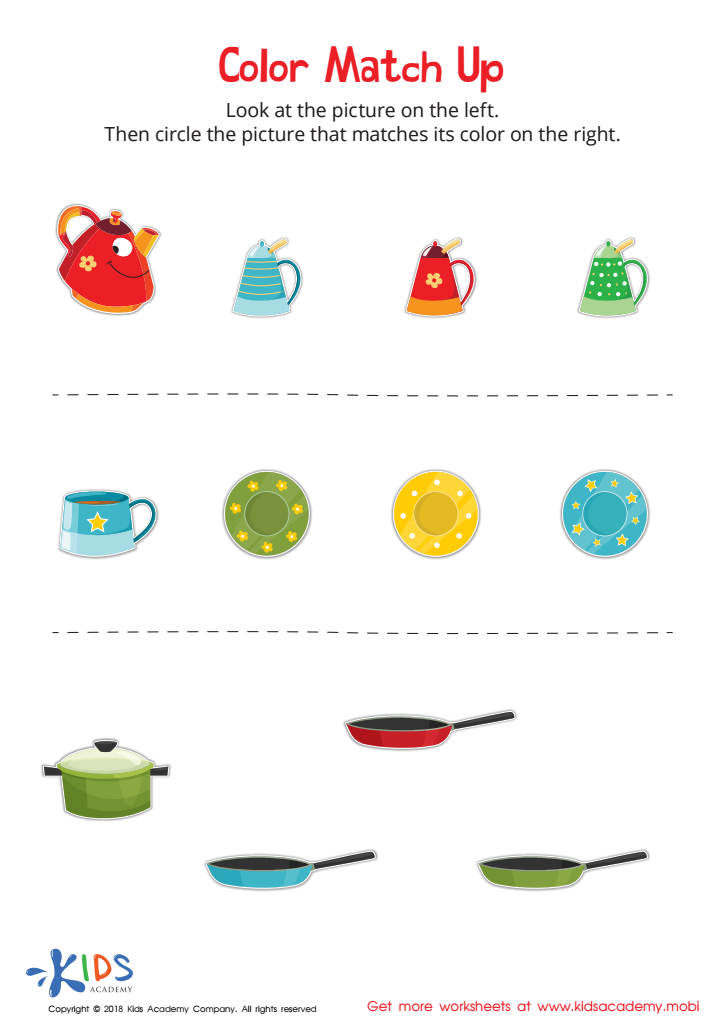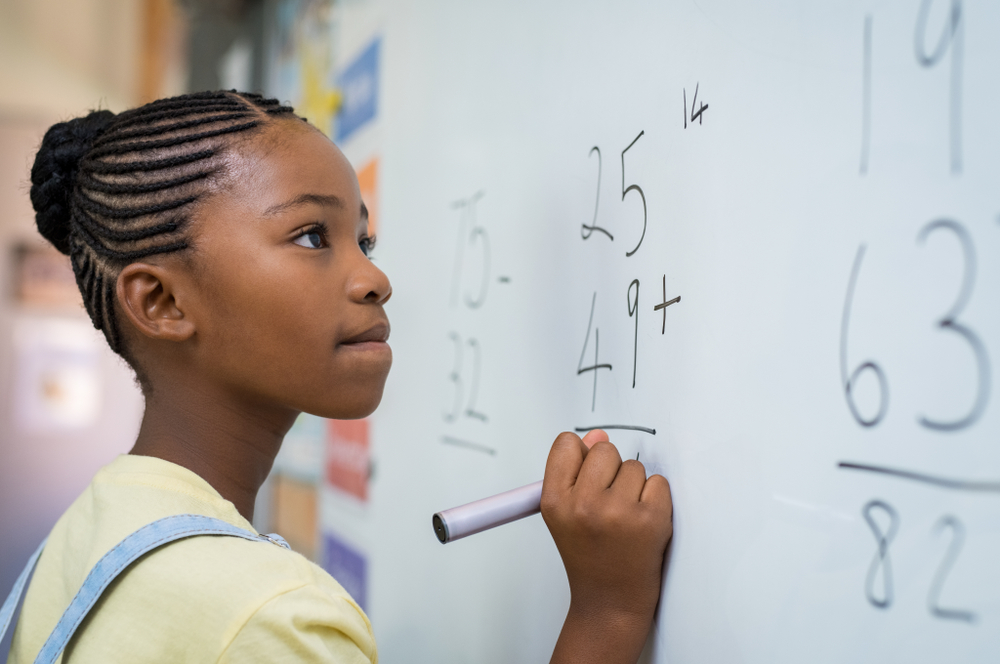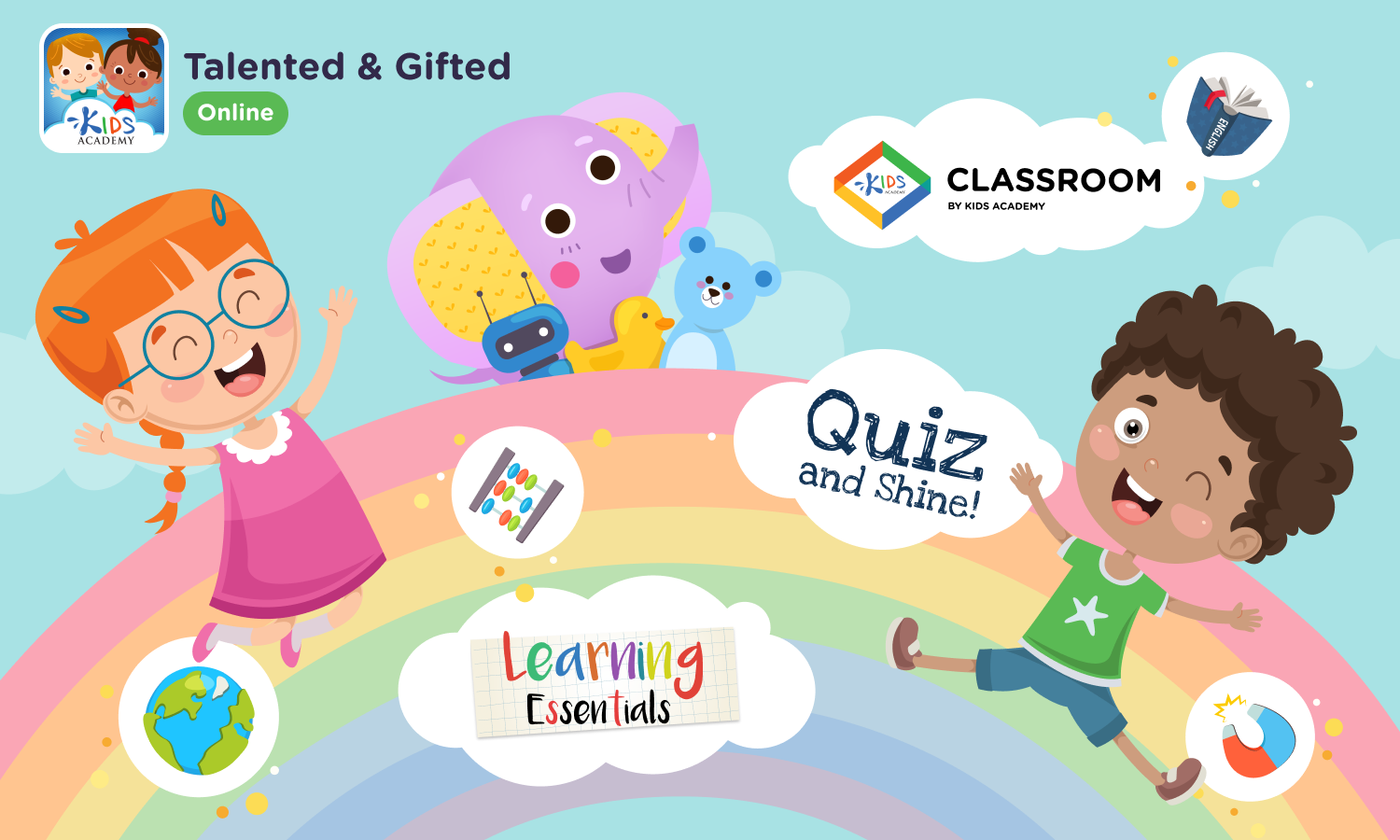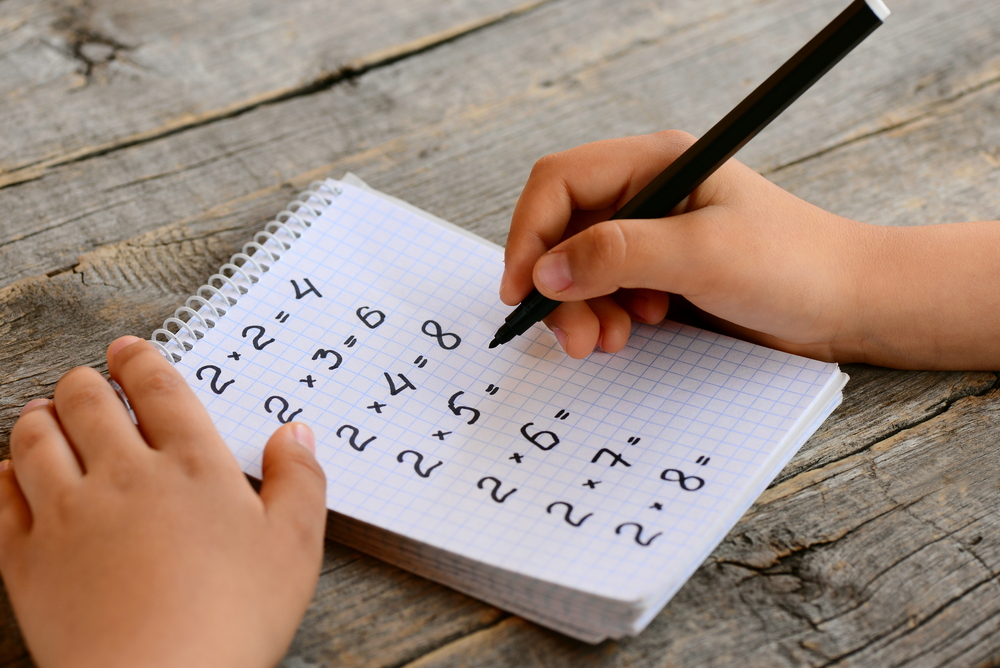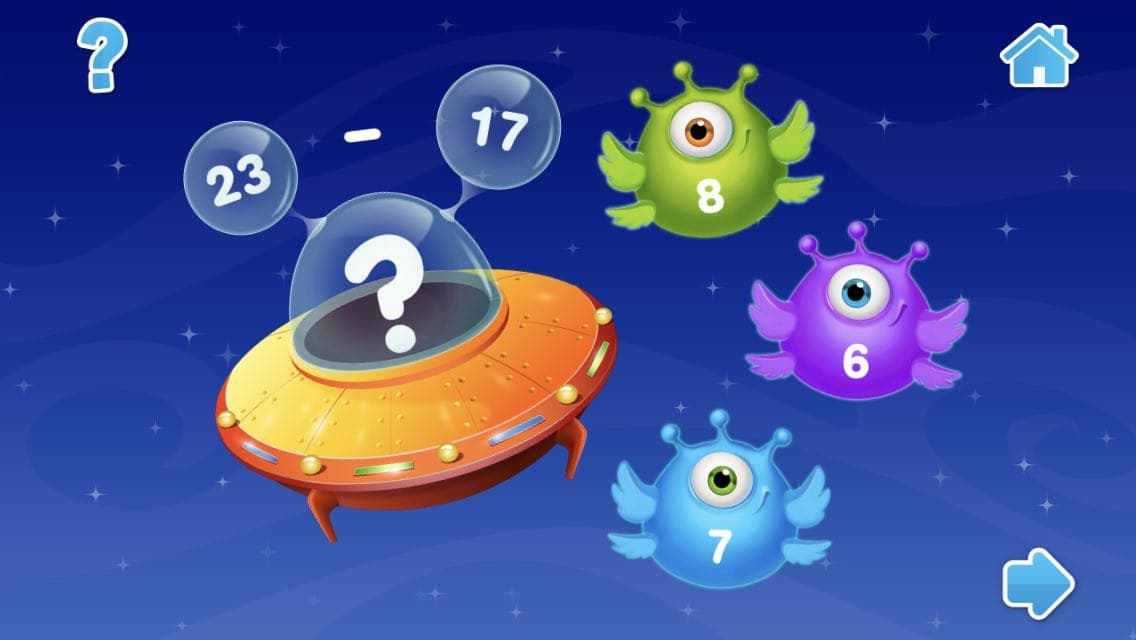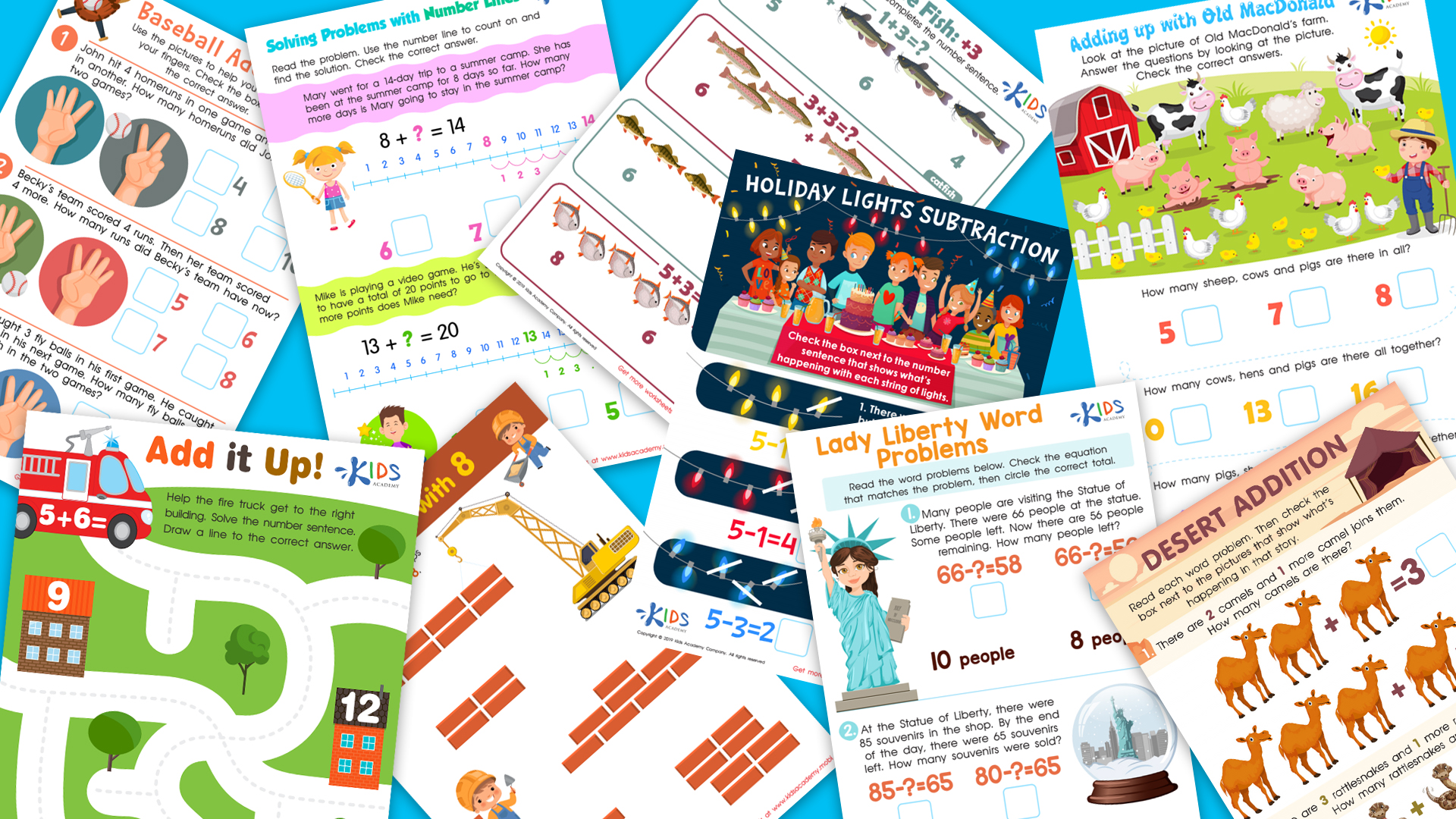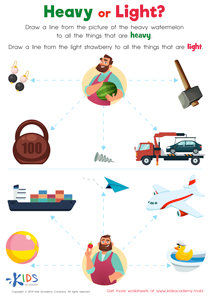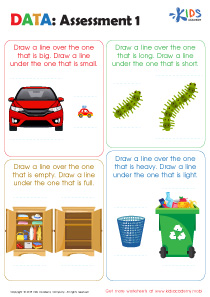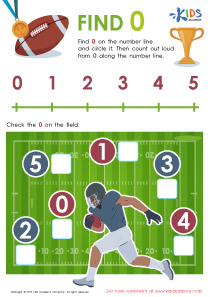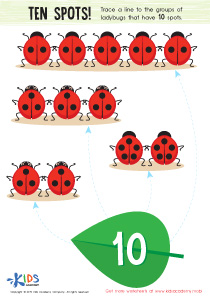Color recognition Normal Math Worksheets for Ages 3-5
6 filtered results
-
From - To
Introduce your little learners to the vibrant world of colors with our "Color Recognition Normal Math Worksheets" designed for ages 3-5. These engaging, printable worksheets provide a fun and interactive way for children to practice identifying and working with colors while reinforcing essential math skills. Each activity nurtures creativity and enhances cognitive development through colorful illustrations and hands-on exercises. Ideal for home or classroom use, these worksheets foster independent learning and enhance color recognition skills, paving the way for a smooth transition into early math concepts. Unlock your child’s potential and watch their confidence grow with our delightful color recognition math resources!
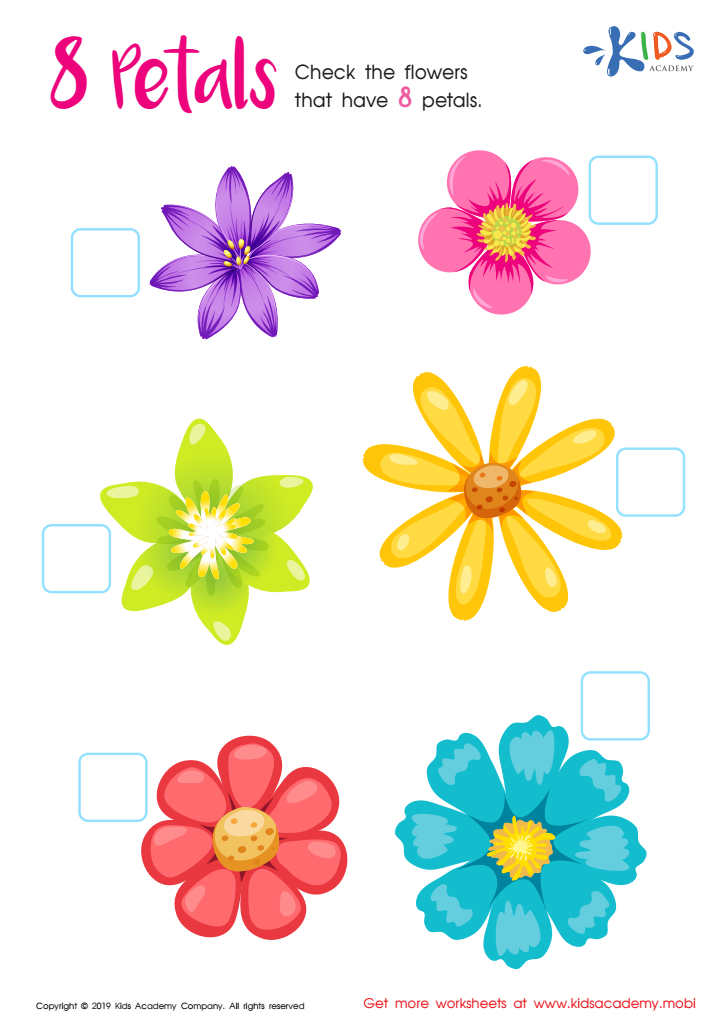

8 Petals Worksheet
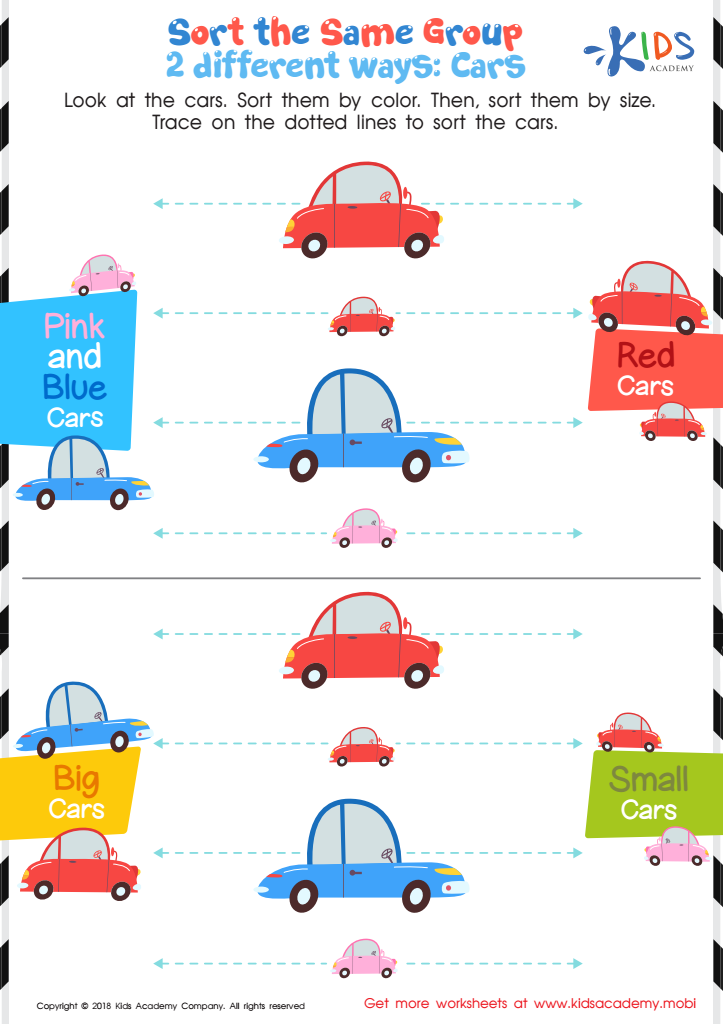

Sort the Same Group 2 Different Ways: Cars Worksheet
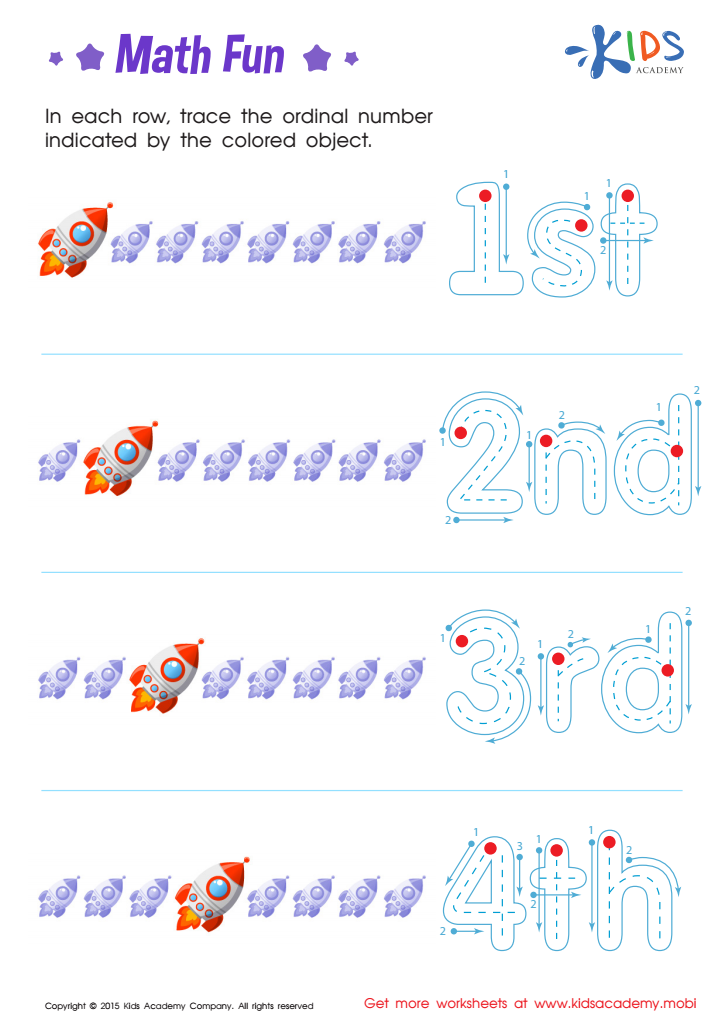

Ordinal Numbers: Math Fun Worksheet
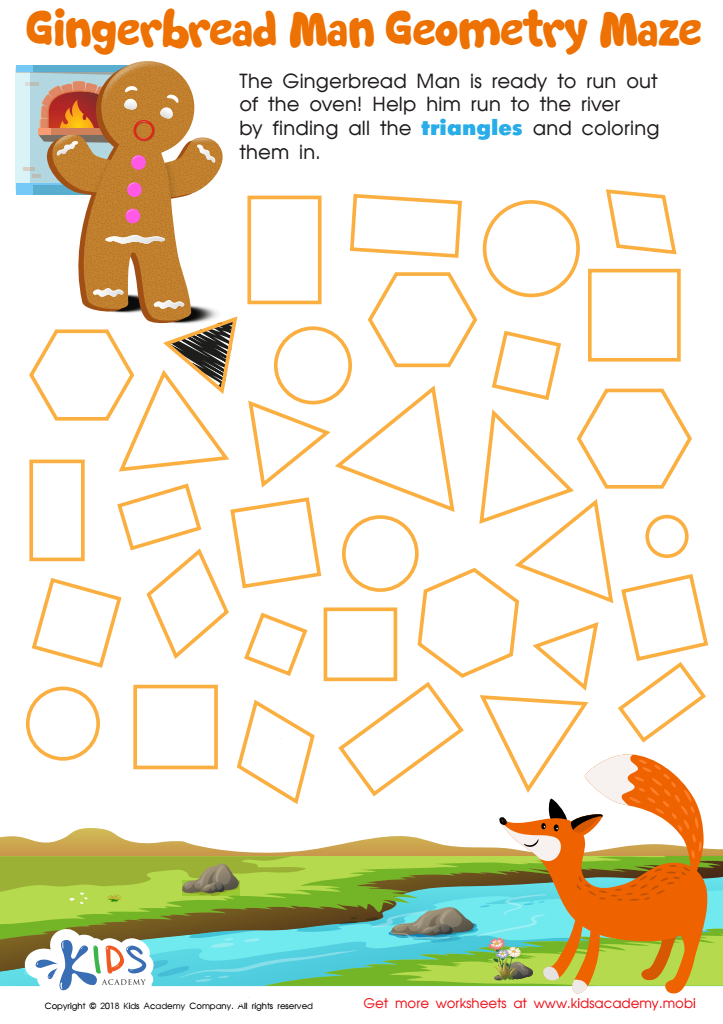

Gingerbread Man Geometry Maze Worksheet
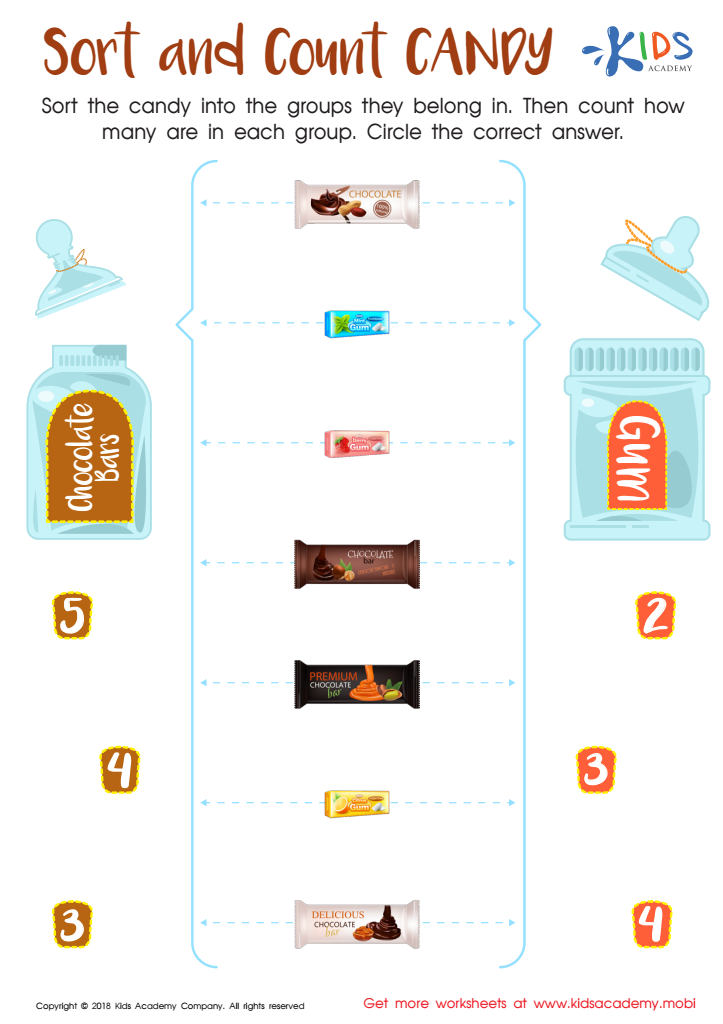

Sort and Count Candy Worksheet
Color recognition and basic math skills are critical foundational elements in early childhood education for children aged 3-5. Understanding colors helps children identify objects and categorize them, which enhances their cognitive development and boosts their language skills as they learn to articulate colors and shades. Furthermore, recognizing colors can stimulate creativity and imagination, often leading to enriching artistic expression.
On the math side, normal math concepts—such as counting, recognizing patterns, and understanding shapes—introduce young learners to logical thinking and reasoning. During these formative years, children develop a critical numerical sense that forms the bedrock for more advanced mathematical concepts they will encounter in later schooling. Early exposure to these concepts can reduce anxiety related to math and inspire a positive attitude toward learning in general.
Parents and teachers play an essential role by providing engaging activities and interactive experiences that promote these skills in a fun and inclusive way. By recognizing the importance of color and basic math skills, adults can contribute to creating a well-rounded educational experience that supports children's overall development, setting them up for success in primary school and beyond.
 Assign to My Students
Assign to My Students

